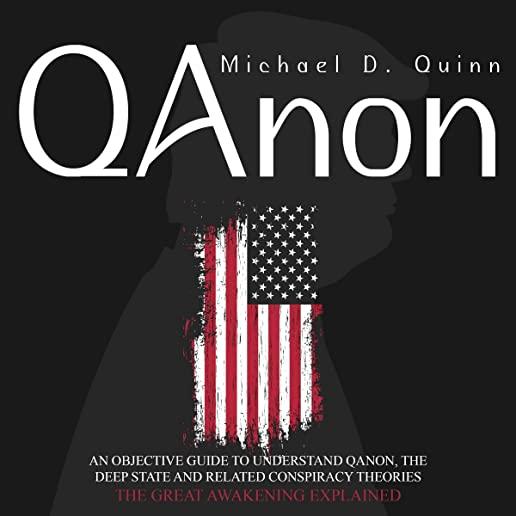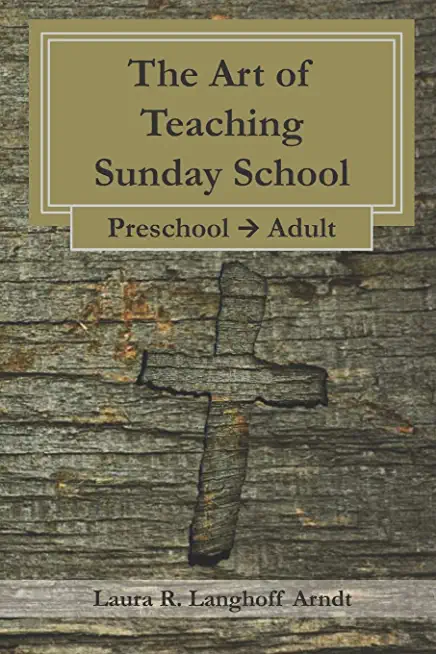
This book foregrounds critical questions about public art, the policies that govern it, and the processes that realize it. What makes art public? What makes good public art? Why is there so much bad public art? How can the overall standard of public art be improved? What professional practices sponsor the best art for architecture and the environment? How can the artist selection process ensure that only superior artists are commissioned? Aesthetic judgments are implicit in museums exhibitions and acquisitions. Why should art in public places be held to a lesser standard? How can myriad interests of the community and individuals be harnessed to the higher goal of choosing the best artists for a project.
It is a central contention of the book that despite the numerous constraints encountered in any commission, the most excellent public art expresses and even accentuates the personal, innovative vision of the artist. Approaches that compromise that vision, especially those that try to be all things to all people, inevitably diminish the dynamism and uniqueness of the final work. In the best public art, imagination, originality, passion, and even impulsiveness characterize the work of those artists who, while reaching out to a broader public, paradoxically search for new ideas often antithetical to the rules, materialistic culture, and social practices of the community. Many projects have demonstrated that art that seems different, difficult, and provocative can, in time, become familiar and comprehensible in a public setting and resonate more effectively than conventional solutions.
member goods
listens & views

VINYL VIC'S 8 RARE ANSWER ...
by VINYL VIC'S 8 RARE ANSWER / VARIOUS
COMPACT DISCout of stock
$18.49






